Can insulating pads under your jacks help prevent lightning damage? Part 2
Time for a deep dive into the effects of lightning strikes near your RV.
Here’s is Part 2 of my study on the lightning strikes in campgrounds and the possibility that insulating pads under your stabilizing jacks may help prevent damage to your RV’s electrical system. Please read Part 1 of this series HERE.
Is this picture real?
First, that is indeed a real picture of a lightning bolt that traveled several miles horizontally before striking a farmer’s wind turbine in a level field. No Photoshop involved – just a lucky camera in the right place at the right time.
The Numbers
A lightning strike can have more than 300 million volts of potential, with up to 300,000 amperes of current. However, it only lasts for perhaps 1/4 of a second, but is composed of a number of very short 50 microsecond strikes. And it’s usually comprised of a number of small precursor strikes followed by a huge strike that dumps most of the current at once. Sort of like tapping a nail with a hammer several times before giving it a powerful whack.
The statistics
There are more than 1.4 billion lightning flashes per year, with only 25% of them being what’s called CG (Cloud to Ground) strikes. Yes, the state of Florida is the lightning capital of the U.S. in both frequency of strikes and fatalities, which is one of the reasons there are so many studies there. If you want to measure a lightning strike just stick a metal pole up in a flat area of Florida and chances are it will be hit that year.
Urban myths
No, wearing jewelry will not attract lightning strikes to you. But yes, lightning will often strike twice in the same place. In fact, there appears to be certain geographical features such as deposits of iron ore underground which makes the area lightning friendly. And you can have your moving vehicle struck by lightning and likely not be injured – but it has nothing to do with rubber tires.
That’s due to something called the Faraday Cage Effect, which was discovered by Michael Faraday back in 1793. If you’re inside of a metal shell (like your car body), lightning will create its own magnetic field tending to make it wrap around the outside of your vehicle. You’ll likely be safe as long as you don’t stick your arm out of the window at the time of the strike. Here’s a picture of a high-voltage strike from a Tesla Coil on a screened Faraday Cage. The people inside of the cage are perfectly safe since the electricity wraps around the outside and never enters the enclosure.
The rubber tires on your RV don’t protect you from injury
No, the tires on a vehicle are not what protects you from a lightning strike when you’re inside of a car or RV with a metal skin. Here’s a sequence of what occurs.
The beginning of the strike
First, there’s a precursor strike that ionizes the air path, followed by a really large strike that we observe as lightning. If your vehicle or RV is the highest point in the area, it’s likely in this ionization path.
Middle of the strike
Next the lightning wraps around the metal vehicle due to the Faraday Cage Effect (explained above). If you’re completely inside of the metal cage, then you’ll probably be safe from electrocution.
Lightning exits through the tires
Finally, the lightning will make its way though the rubber tires into the ground, many times creating an over-pressure condition that ruptures the tires immediately or causes internal damage that causes premature failure. Note that the tires don’t protect you from getting shocked – it’s the Faraday Cage Effect that directs the lightning around you.
Depending how well the vehicle’s electrical system is shielded, it will probably have some damage to its onboard electrical systems. Only airplanes and missiles can afford all the shielding to survive a direct lightning strike without damage. But that’s a vehicle not connected to anything else. Let’s consider your RV plugged in at a campground.
What about in an RV?
While your coach or trailer does have tires just like a car, an RV also has leveling jacks on the ground as well as an electrical connection to the campground shore power pedestal. This presents secondary current paths for lightning damage to your RV’s electrical system.
This additional current path comes from lightning cloud to ground strikes that occur anywhere in the campground. This can enter the underground pedestal wiring, feeding large voltage spikes underground to the other side of the campground.
So, while you might think that your RV is safe if the lightning hits the ground hundreds of feet away, the problem is the massive electrical grid buried underground feeding power to hundreds of pedestals. These ground strikes can cause two types of high-voltage events to occur in your RV wiring: common-mode and differential voltage spikes.
Differential voltage spikes
Differential voltage spikes are what the MOV devices in your Surge Protector is good at getting rid of. It’s exactly what it sounds like, a voltage difference between the hot and neutral or hot and ground wires feeding your shore power connection.
These are typically very short-duration voltage spikes – usually only a few microseconds long – but can easily reach several thousand volts of potential. This is the voltage “surge” we all think about when we buy a surge protector. Those voltage surges (actually, spikes) are what damage RV electronics and electrical systems.
What about common-mode voltage spikes?
That’s when the entire wire, including the hot, neutral and ground conductors, are all energized at the same time. Because this is a simultaneous voltage spike, the MOV devices can do nothing to stop it from entering the shore power wiring to your coach or RV, where it elevates the entire vehicle’s electrical systems by thousands of volts.
However, if the voltage is not high enough to jump the gap in the tires, then there shouldn’t be additional current flow that will damage your RV electronics. But the leveling jacks on the ground provide another fault path for the damaging current to direct through.
This secondary ground causes something I’m calling a whiplash effect, where the RV’s wiring sustains damage from the voltage and current spike that’s going from the pedestal into the RV electrical system and out through the leveling jacks on the ground. In home electrical systems this is why secondary grounding rods can cause additional electrical damage. Note that a lightning strike on the ground can force additional fault currents though the structure.
Can insulating pads under my RV stabilizing jacks prevent lightning damage?
SnapPad on RV
That’s the million-dollar question, and the main reason for this study. So here’s my current operational theory (my hypothesis, as it were). I used to think that elevating your RV leveling jacks or otherwise insulating them from the earth during a lightning storm did nothing to prevent electrical system damage from nearby ground strikes. But now I’m not so sure.
Now I’m beginning to believe that these intermediate voltage spikes (100,000 volts or less) from area ground lightning strikes could be prevented from turning into fault currents if your RV is completely insulated from the ground. And while I’ve not yet built a 100,000-volt hi-pot tester to confirm my theory, my educated guess is that something like a SnapPad on the leveling jacks should provide enough insulation to offer protection from these whiplash fault currents due to nearby ground strikes.
Final analysis
So can SnapPads or other insulating pads save your RV’s electrical system during a direct lightning hit? No, I’m pretty sure nothing can. But can SnapPads under your leveling jacks prevent electrical damage to your RV from a whiplash fault current due to a nearby lightning ground strike? Yes, I’m convinced that’s a real possibility.
This is an interesting enough idea that I’m sending my theory to a number of my high-voltage colleagues for peer review. And possibly I can get my hands on a $100,000 hi-pot tester that can show me actual numbers without tying a kite to an RV in a lightning storm, like Ben Franklin.
Let’s stay heart safe out there… Mike

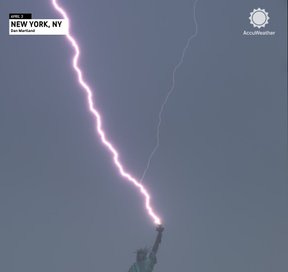



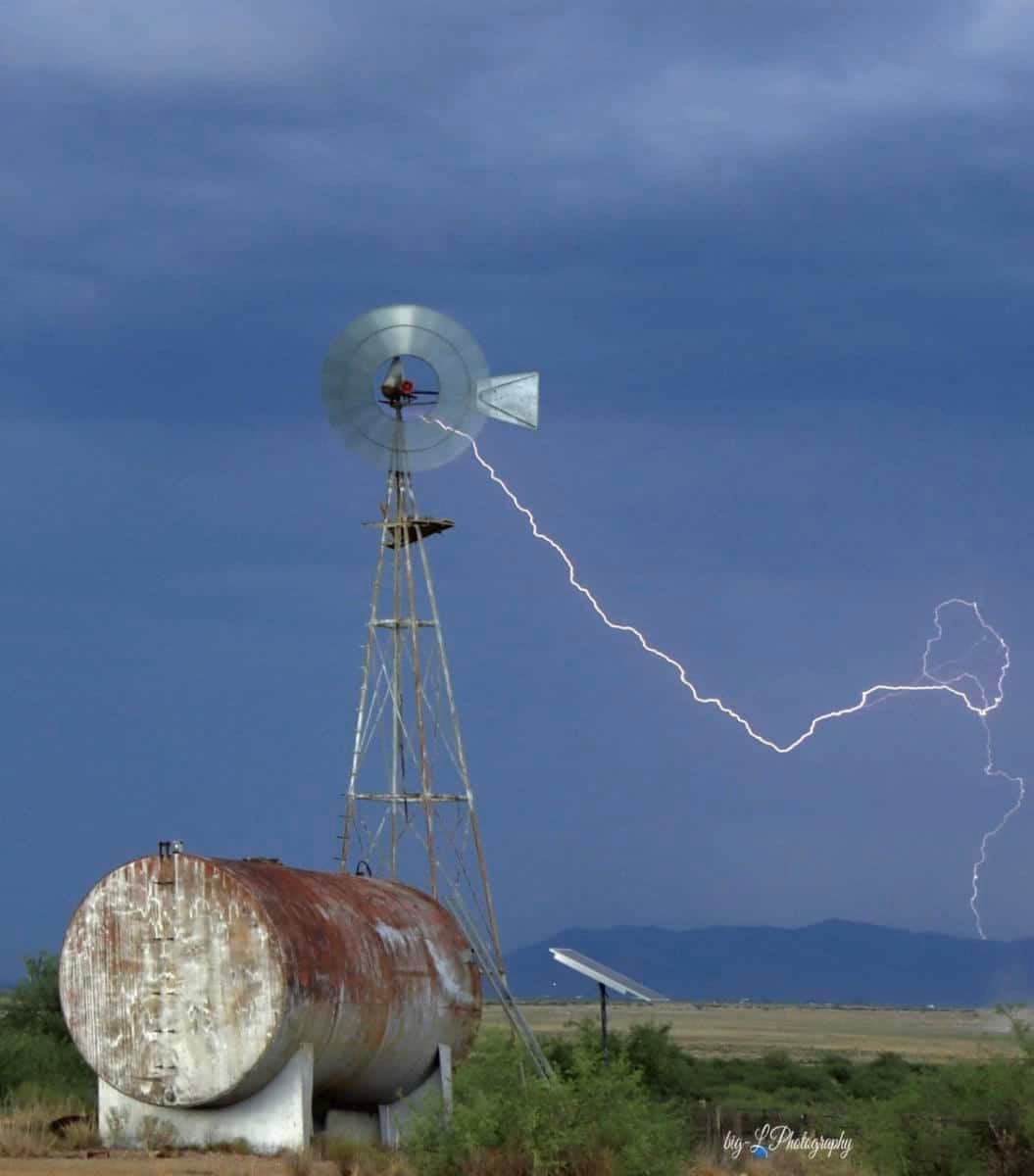

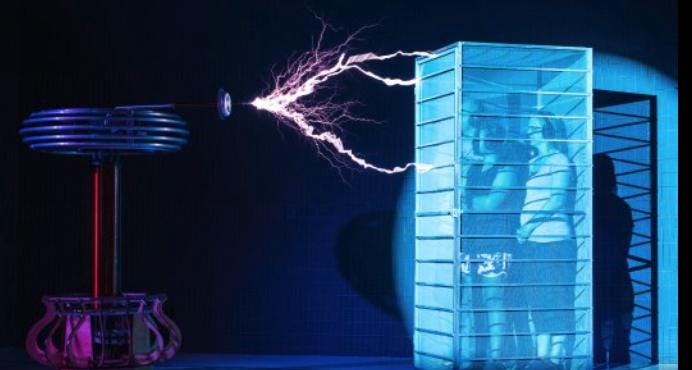
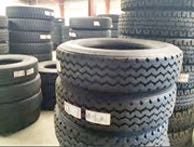
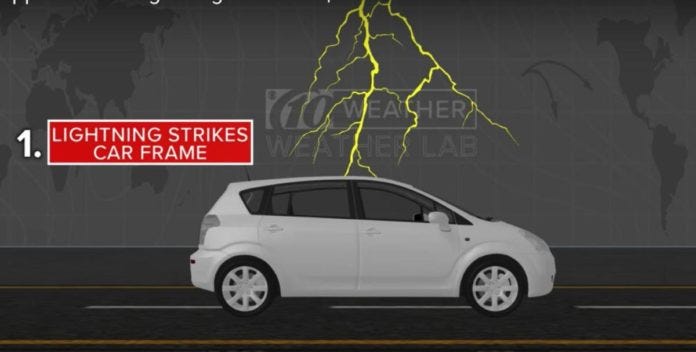
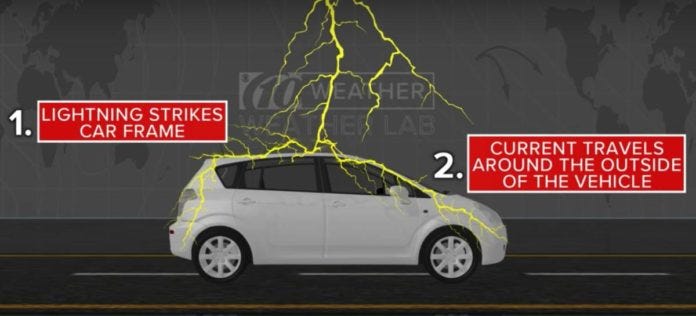
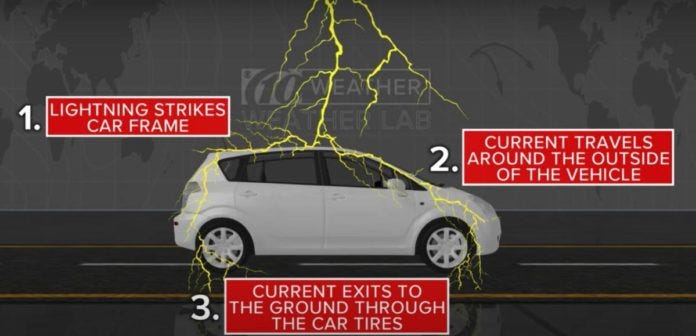

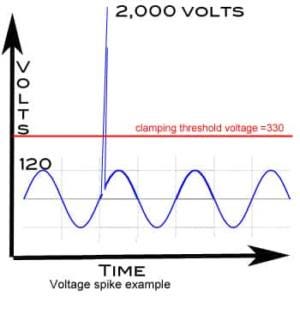
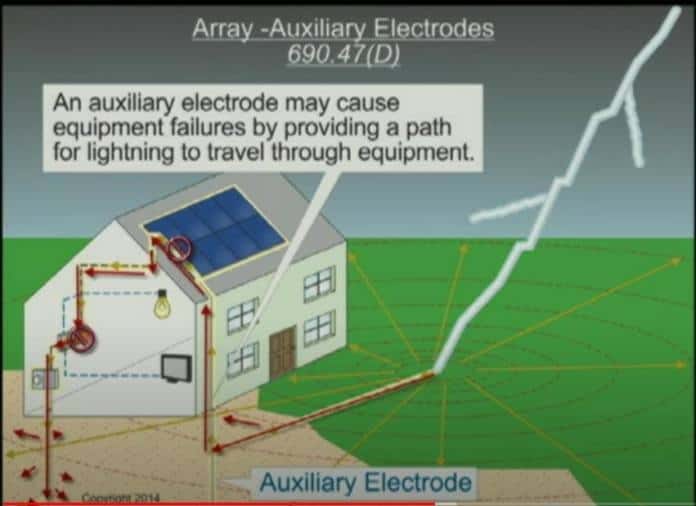
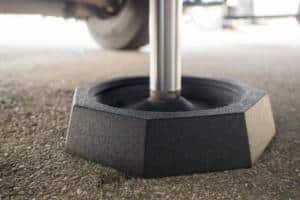
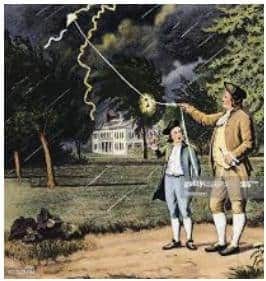
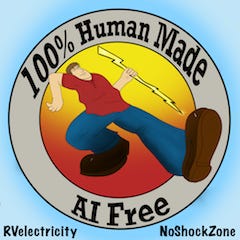
Mike, Many RVers use wood under the levelers. I wonder how well this will insulate instead of the snap pads? Chuck
Thank you. Very well explained for simple minds.